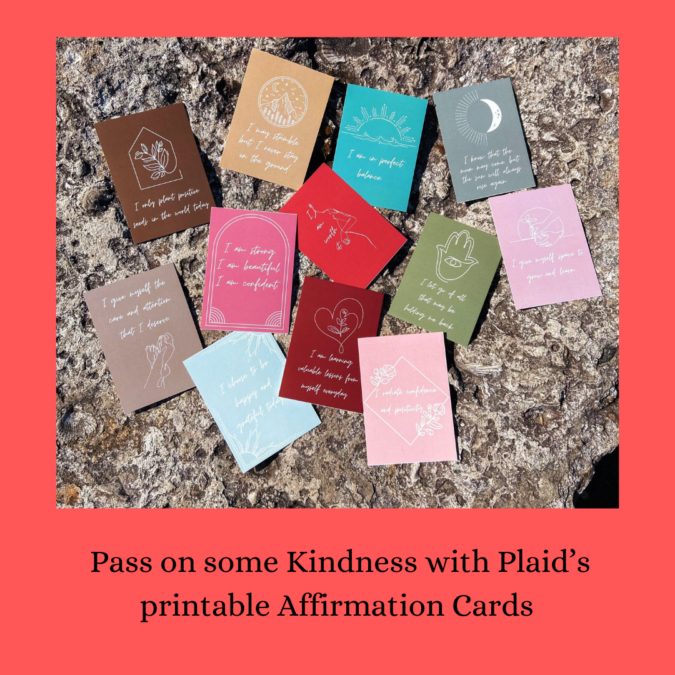Most of us have had that moment when our emotions take the lead before our better judgment has a chance to catch up. A sharp tone slips out in a meeting, frustration bubbles over at home, or tears come out of nowhere. Regulating our emotions—especially in the moment—isn’t about suppressing what we feel. It’s about guiding ourselves through it with awareness and grace.
A Story from the Hot Seat
I’ll never forget one of my own humbling lessons in emotional regulation. My colleague had just been promoted to the top position. We’d sat in plenty of executive meetings together, but we hadn’t worked closely because he came from a different division.
At his first executive meeting as the new leader, something he said struck a nerve. Before I knew it, I was on my feet, leaning across the table, voice elevated, cheeks flushed, blurting out, “Are you telling me…?”
Picture this: twelve calm, thoughtful team leaders pleasantly staring at me as I came in hot. It turned out I didn’t even understand what he was saying—and, as I later learned, few people ever did. His communication style was simply different, and I needed to adjust to it rather than react to it.
That day was a masterclass in self-awareness and restraint—a reminder that emotional regulation is a skill we’re all still practicing.
Common Emotional Triggers
When we look closer, our emotional triggers often trace back to familiar roots:
- Feeling unheard or dismissed. Being interrupted, overlooked, or invalidated can stir frustration or defensiveness.
- Unmet expectations. Whether it’s a missed deadline, a forgotten task, or someone not pulling their weight, disappointment can quickly morph into irritation.
- Perceived unfairness. Watching someone get credit for our effort—or a partner skipping their share of the load—can ignite resentment.
- Loss of control. Sudden changes or unclear communication can trigger anxiety or overwhelm.
Recognizing our own emotional “hot buttons” helps us manage them with intention rather than reaction.
Strategies for Regulating Emotions in the Moment
When we’re triggered, our nervous system goes into high alert. The goal isn’t to ignore that response—it’s to create just enough pause to choose how we’ll respond.
- Pause and Breathe.
Before responding, we can take three slow breaths. Inhale through the nose, exhale through the mouth. This simple pause tells our body we’re safe and helps us re-engage the part of the brain that makes good decisions. - Name the Emotion.
“I’m feeling frustrated.” “I’m anxious.” “I’m embarrassed.” When we name an emotion, we calm it. Naming helps shift us from reacting to responding. - Ground in Our Body.
We can notice our feet on the floor, our hands resting on the table, or our back against the chair. Grounding pulls us out of our spinning thoughts and into the present moment. - Shift the Story.
Instead of, “They’re disrespecting me,” try, “They may be under pressure too.” Reframing doesn’t excuse behavior—it helps us regain perspective and power. - Buy Ourselves Time.
If emotions are still high, it’s okay to step away: “Let’s circle back on this.” Sometimes emotional regulation simply needs a few minutes of space.
Preventing Emotional Overwhelm
Regulating your emotions isn’t just about handling big feelings—it’s about prevention. The more grounded and self-aware we are, the less likely we’ll spiral into overwhelm.
- Build in recovery time. We can’t pour from an empty cup. Short pauses throughout the day—a quiet coffee, a walk, or even a few deep breaths—help reset our nervous system.
- Strengthen self-awareness. Asking ourselves, “What am I feeling?” and “What do I need right now?” turns reaction into reflection.
- Keep perspective. Not every challenge requires a full emotional response. Some moments just need patience and a long view.
The Leadership Within
Regulating our emotions doesn’t mean we’re ignoring what’s real. It means we’re choosing to lead ourselves well—even when our feelings want to take the wheel. It’s one of the quietest, strongest forms of leadership we can practice.
Because when we can stay grounded in the storm, we create space for understanding, collaboration, and calm—not just for ourselves, but for everyone around us.
Connect with Michele on LinkedIn or read more of her articles on Plaid.












